
Innovative Approaches to Urban Microforestry: Tiny Forests, Big City Futures
Chosen theme: Innovative Approaches to Urban Microforestry. Step into a world where pocket-sized forests heal streets, soften heat, sponge stormwater, and welcome wildlife. Join our community of neighbors, planners, and growers—share your ideas, subscribe for field notes, and help us plant the next square meter of wonder.

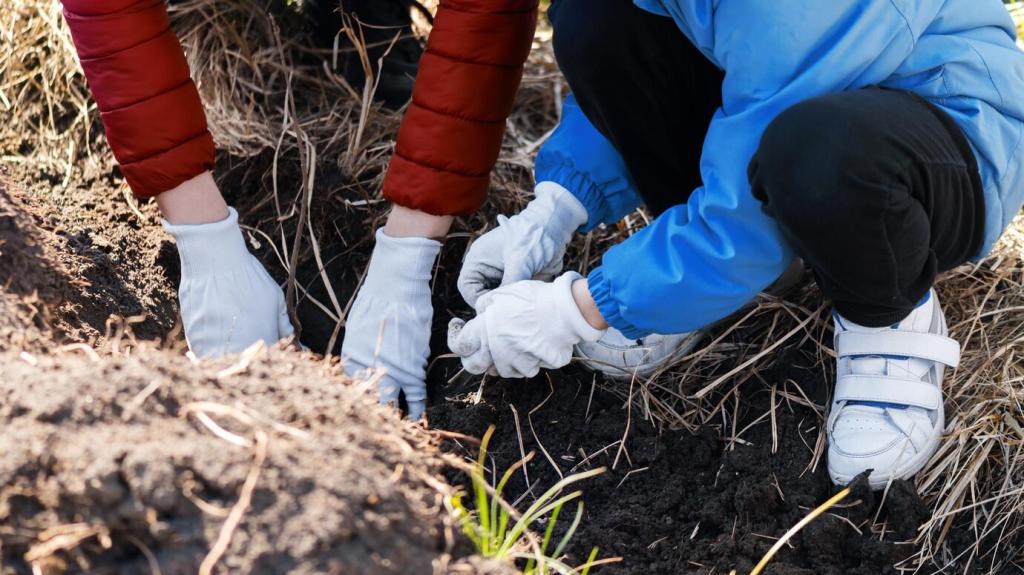
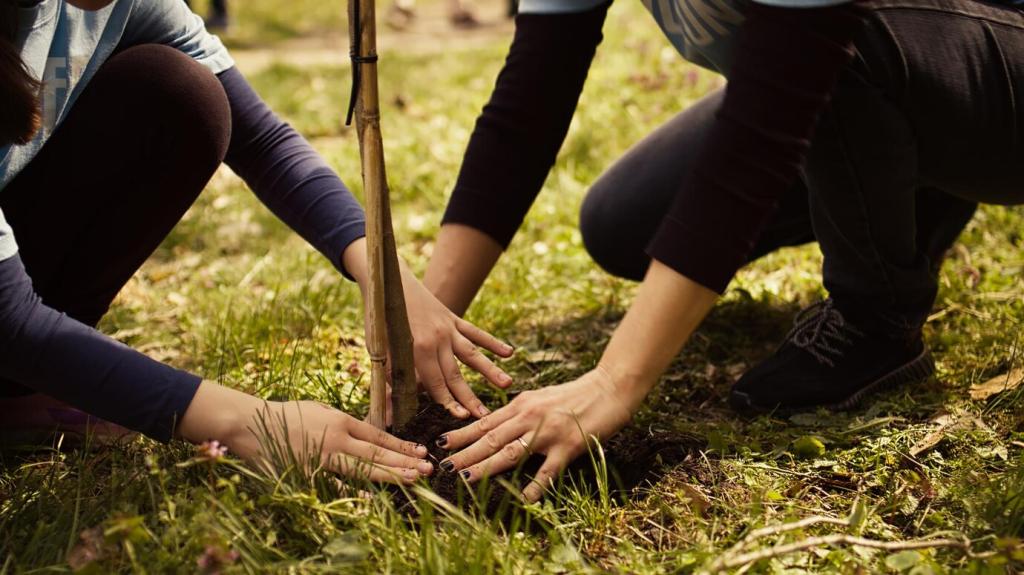
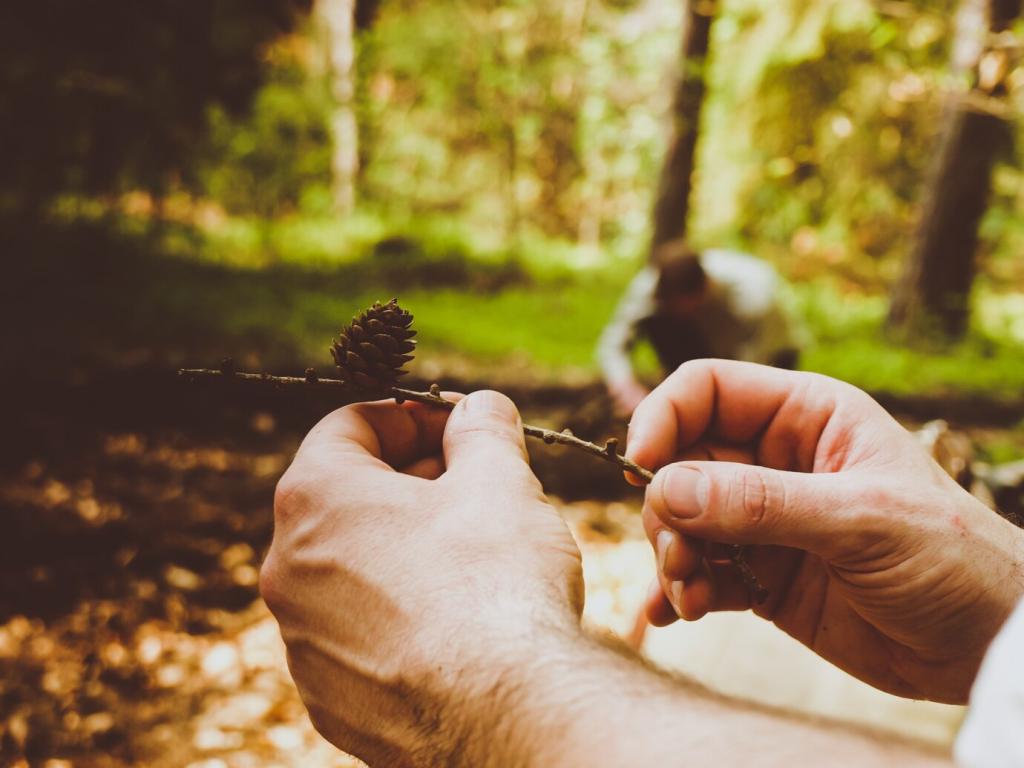
A multi-tier mix—canopy, subcanopy, understory, and ground layer—packed at high density fosters cooperation and rapid shade. Adding nurse shrubs and decaying log habitats boosts early survival. Have you tried microhabitat features like rock piles or stump planters? Share your experiments and lessons learned with our readers.
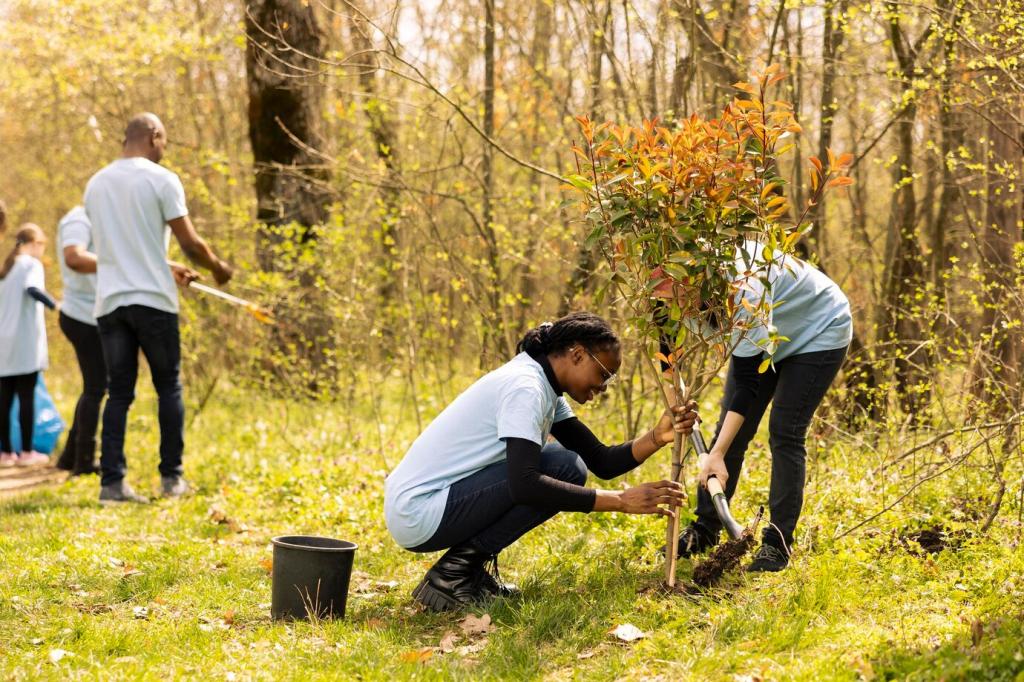
Lightweight engineered soils, wind baffles, and modular planters let rooftops host mini woodlands. Vines climb trellises to extend vertical leaf area, cooling façades. Maintenance access and irrigation loops matter. If your building has unused roof space, tell us about structural limits and sun exposure so we can suggest plant palettes.
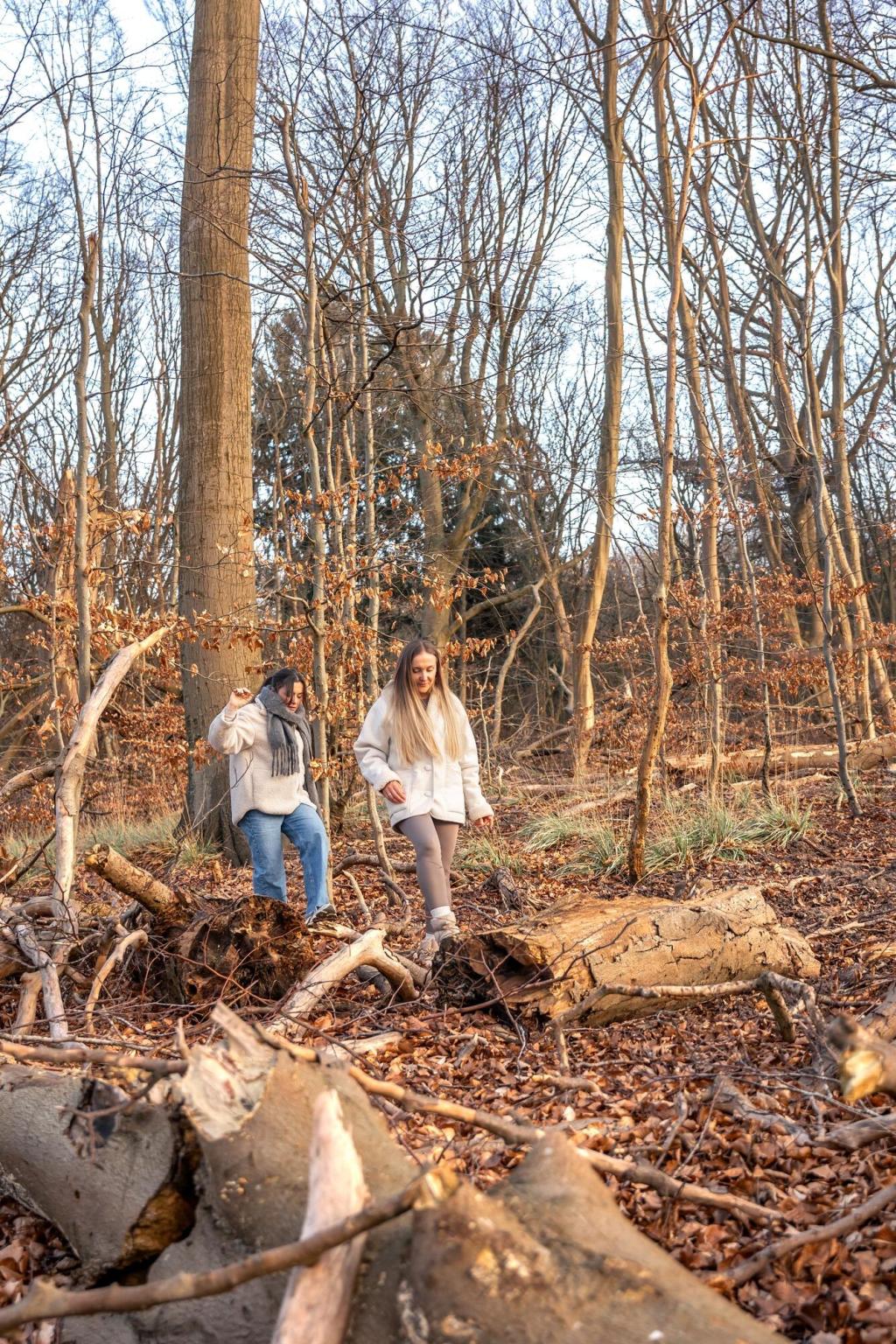
Orient glades for winter sun, shield play areas with summer shade, and shape swales to catch roof runoff. Species choices should anticipate future climates, not just historical norms. Post your city and hardiness zone in the comments, and we’ll discuss drought-tolerant natives that still support local pollinators.
Tech-Enabled Forests
Low-cost moisture probes, temperature loggers, and salinity sensors reveal invisible stress before leaves flag. Dashboards show when swales saturate and where mulch thins. Volunteers can install kits during planting days. Would your neighborhood adopt a shared sensor library? Tell us what training would make it feel welcoming and useful.


Microforestry for Urban Resilience
Swales and spongy soils detain stormwater, letting roots filter runoff before it overwhelms sewers. Microforests stitched along alleys slow flash floods and protect basements. Share a photo of your neighborhood’s worst puddle spot, and we’ll brainstorm a compact planting that sips every storm without expensive infrastructure.
Microforestry for Urban Resilience
A shading grove beside a transit stop cut surface temperatures dramatically during last summer’s heat dome, while benches stayed usable. Fast-growing pioneer species create quick canopy as slower natives mature. Where do you wait in the sun? Tell us, and we’ll prioritize shade-first microforests near daily walking routes.
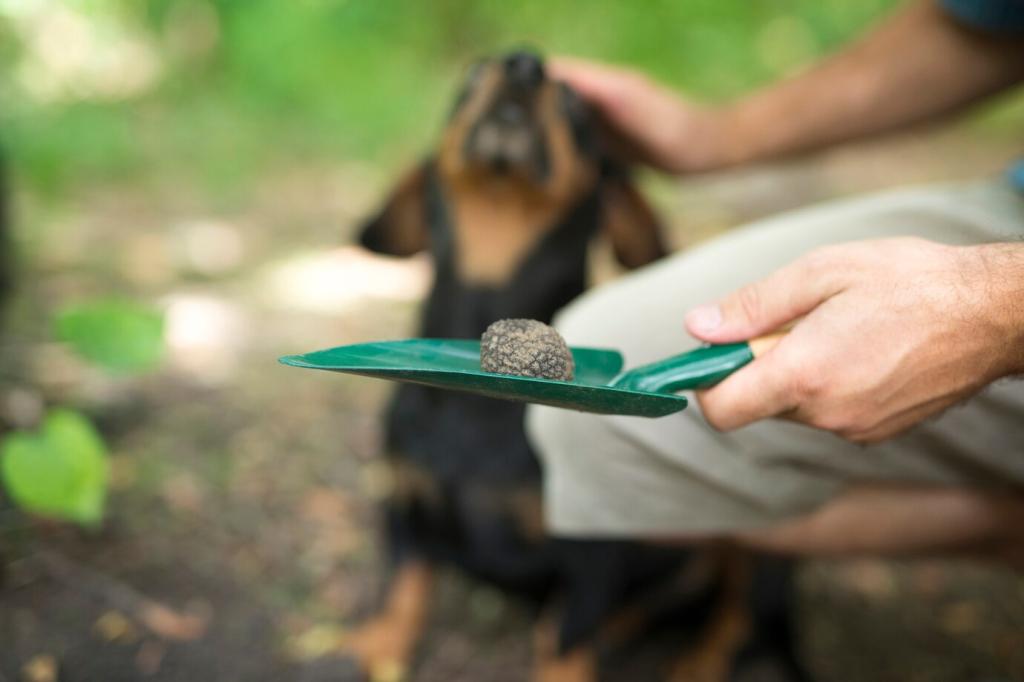
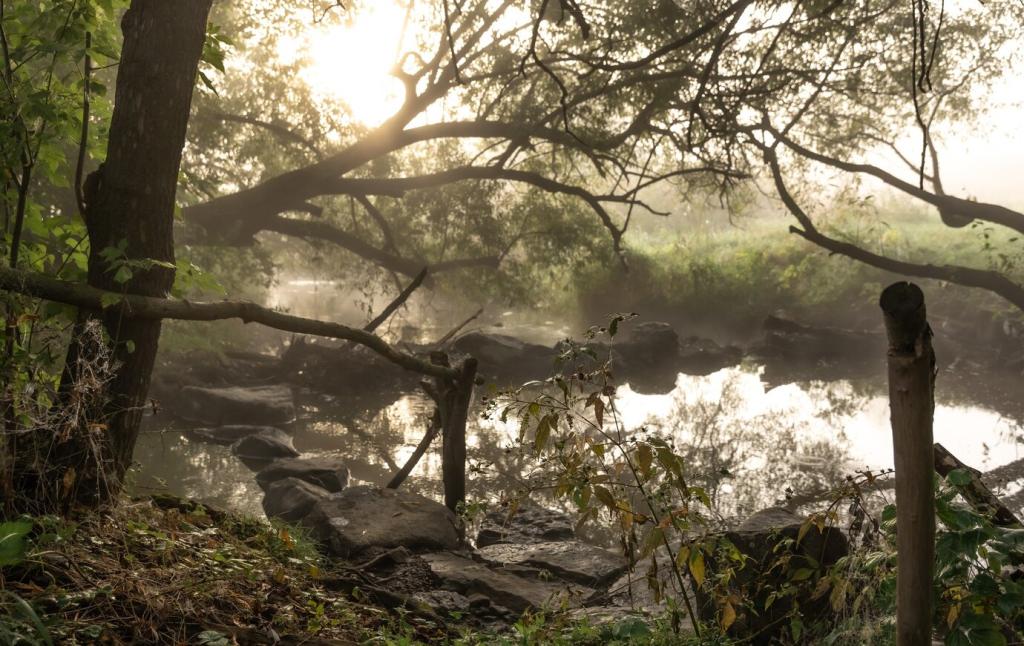
Maintenance, Policy, and Scaling
Water deep, mulch thick, and weed often while roots establish. Protect trunks from string trimmers, refresh log habitats, and track survival by cohort. After year three, shade suppresses weeds and watering fades. What seasonal checklist works for your climate? Share it to help neighbors avoid common, costly mistakes.
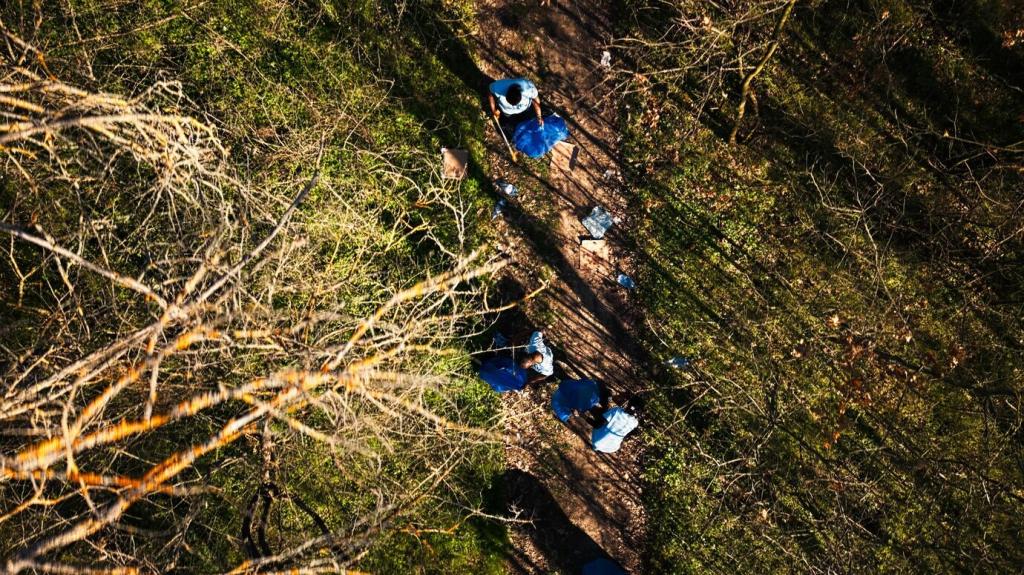
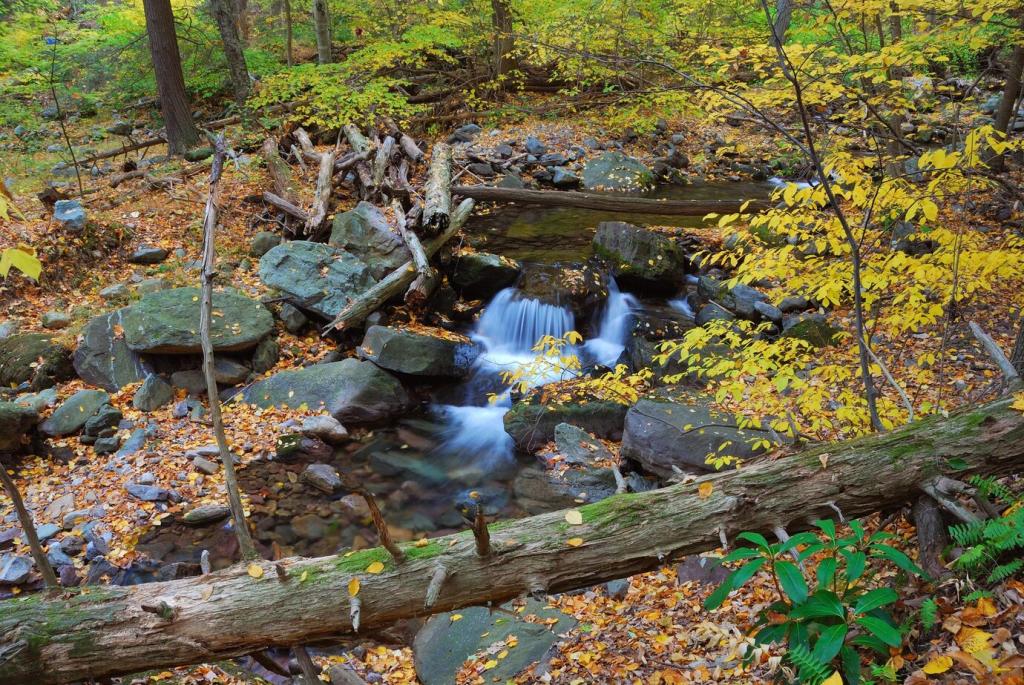
Maintenance, Policy, and Scaling
Fast-track permits for native plantings, offer stormwater fee credits, and update zoning to welcome curbside bioswales. Require tree protection during construction and incentivize rooftop microforests where ground space is scarce. Tell us your city, and we’ll highlight policy wins you can adapt and champion with local officials.
